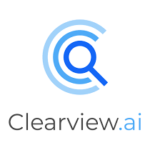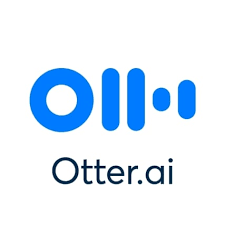Recently, Lightspeed gathered the brightest minds in the Generative AI space for a fireside chat in Los Angeles. The guest of honor was Ahmad Khan, the Head of AI/ML Strategy at Snowflake, a prominent cloud-computing-based data cloud company. With over a decade of AI investment experience, Lightspeed initiated the Generative series of meetups to foster collaboration among founders, builders, and investors in the generative AI realm.
Five areas within the AI landscape that hold immense opportunities for entrepreneurs, according to Ahmad:
- Leveraging “Unstructured” Data: Khan highlighted that over 80 percent of data within most companies is “unstructured,” encompassing content such as Word documents, images, and audio/video files. Surprisingly, many companies underutilize this data, relying on less than 20 percent of it for their business decisions. Khan proposed the idea of harnessing this untapped resource by placing unstructured data alongside large language models, effectively creating chatbots that can assist users in interpreting and analyzing this wealth of information. Tailoring these models to specific industries holds immense potential.
- Privacy and Security: Khan underscored the growing concern among companies regarding using their data to train models that might benefit other companies, including their competitors. This concern has created a market demand for more secure products. For instance, companies often choose less powerful large language models like Llama 2 over alternatives like Chat GPT due to the perceived data security and control they offer. Many companies consider the uniqueness of their data a competitive advantage and are cautious about its potential exposure on the public Internet.
- Superior User Experience: Khan recommended that startups can outshine larger competitors by prioritizing the creation of exceptional user experiences, including user-friendly interfaces. Snowflake, for instance, competes with cloud giants like Amazon Web Services by delivering a superior user experience that justifies its premium pricing. Focusing on usability and customer satisfaction can be a compelling differentiator.
- Vertical Specialization: Khan suggested that smaller players can gain a competitive edge by concentrating on specific verticals, such as manufacturing, finance, healthcare, or entertainment. By understanding the unique needs of enterprises in their chosen verticals, startups can develop tailored solutions. While industry giants like Google may develop broad-use AI models, they often lack the depth needed for specific verticals, leaving room for specialized models from smaller companies.
- Data Attribution: The discussion also highlighted the need for models that track copyrighted material, enabling original creators to receive compensation. This not only creates incentives for creators to contribute more content to models but also addresses legal concerns. Khan cited cases where companies opt not to use open-source models due to legal issues and instead opt for models trained on licensed, attributable datasets. This points to a growing market for models that can attribute data to its sources.
In the rapidly evolving AI landscape, entrepreneurs have many opportunities to explore, from tapping into unstructured data to addressing privacy concerns, creating exceptional user experiences, specializing in verticals, and fulfilling the demand for data attribution. These insights from Ahmad Khan shed light on the diverse avenues where innovation and entrepreneurship can flourish.


















